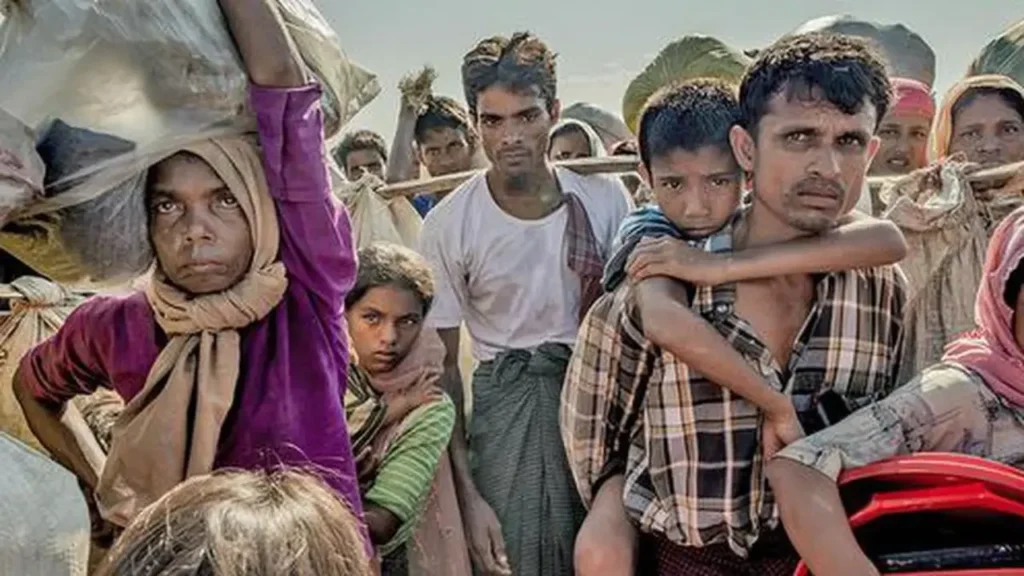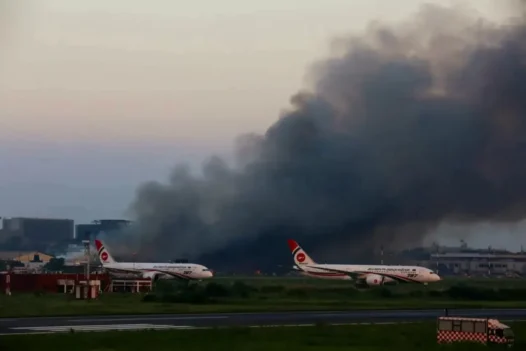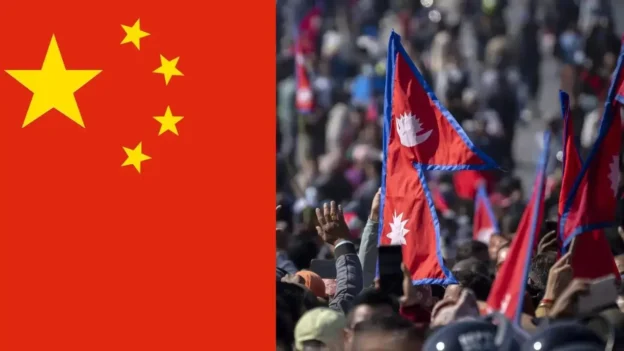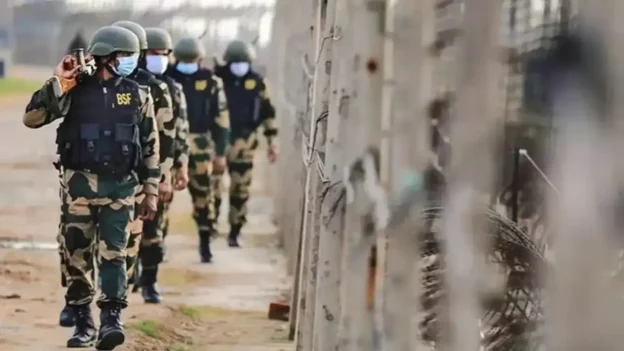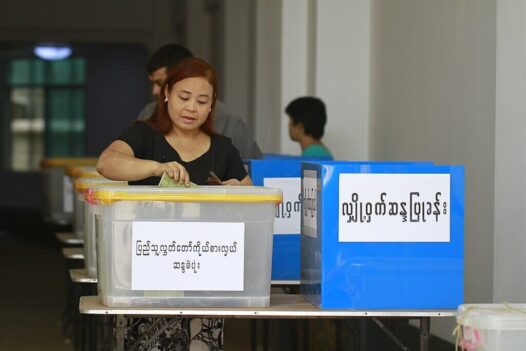In what many see as a major step toward addressing the persistent problem of statelessness in India, the Union government has decided to permit persecuted minorities from Bangladesh, Pakistan, and Afghanistan to remain in the country, even if they lack valid documents. The order, issued by the Ministry of Home Affairs (MHA) on September 1, extends protection to those who entered India on or before December 31, 2024, citing religious persecution as the reason for their flight.
The directive provides a lifeline for Hindus, Sikhs, Buddhists, Jains, Parsis, and Christians who fled these three countries and have been surviving in India without legal recognition. It makes clear that while such individuals will no longer be treated as illegal migrants, the order does not address the granting of citizenship. Officials familiar with the development underline that the cut-off date for citizenship—December 31, 2014—remains unchanged under the Citizenship Amendment Act (CAA) 2019. The current move, they argue, secures their stay for now but leaves the question of naturalisation for another day.
A new legal framework
The order has been issued under the Immigration and Foreigners Act, 2025, rather than the Citizenship Amendment Act (CAA). This distinction is important. While the CAA 2019, which formally came into effect in 2024, allowed minorities who entered India before December 31, 2014, to apply for citizenship, the latest directive introduces a new category of “protected stay.” It legitimises the presence of those who entered after 2014 but before the new cut-off date, shielding them from being classified as “illegal” or undocumented.
In practical terms, the order exempts these groups from the requirement of holding valid passports or visas, even in cases where their documents have expired. Earlier in April, Minister of State for Home Nityanand Rai defended India’s immigration framework in Parliament, emphasising that it was not designed to target foreigners but to track movements and create a reliable database.
The Immigration and Foreigners Bill, 2025, passed by Parliament on April 2, provides the broader legislative foundation for this shift. The Act repeals four earlier laws—the Passport (Entry into India) Act, 1920; the Registration of Foreigners Act, 1939; the Foreigners Act, 1946; and the Immigration (Carriers’ Liability) Act, 2000—bringing them under a single, modernised framework. It empowers the central government on matters related to passports, travel documents, visas, and registration. By consolidating fragmented rules, the legislation seeks to avoid overlap and ensure greater coherence in the management of immigration and the stay of foreigners in India.
Relief and contestation
For many undocumented minorities, the decision is a relief, particularly for those who had long demanded regularisation. Communities such as Pakistani Hindus, stranded in makeshift settlements in Rajasthan and Delhi, have seen this as a step forward. But the lack of clarity on citizenship remains a sticking point. As one senior government official who did not want to be named explained, “Whether they would become Indian citizens is a separate issue and will be decided by law. For now, this order ensures they can stay without fear of deportation.”
The CAA 2019 itself was a watershed in India’s citizenship discourse. It was meant to provide citizenship to thousands who had been left in limbo. According to Rai, “thousands” have indeed been granted citizenship since the law came into effect—though opposition MPs such as Sushmita Dev have questioned the scale, pointing out that the numbers appear to be far smaller.
The identity question in Assam
Nowhere is the impact of this order more politically sensitive than Assam. The state, still grappling with the legacy of the National Register of Citizens (NRC), has seen renewed debate. Chief Minister Himanta Biswa Sarma has downplayed the impact, stating that only a handful of people—12 in total—have applied for citizenship under the CAA in Assam, with just three granted so far. He has argued that fears of lakhs of migrants gaining citizenship have proven exaggerated.
Nevertheless, opposition parties including the Congress, Assam Jatiya Parishad (AJP), Aam Admi party (AAP), and CPI(M) insist that the new order violates the Assam Accord of 1985, which fixed March 25, 1971, as the deadline for identifying and deporting foreigners. They warn that extending the cut-off date risks undermining the cultural and demographic identity of the Assamese people. Congress leader Debabrata Saikia has even called for the withdrawal of the order in Assam.
Trinamool Congress MP Sushmita Dev has raised further questions: what is the legal identity of those now allowed to stay? Does this amount to legitimising illegal entrants? She also highlighted the plight of detainees in Assam’s detention camps, asking why they remain behind bars if those entering until 2024 can stay legally. The comparison, she argued, exposes contradictions in government policy.
A divisive core issue
Underlying the entire debate is the exclusion of Muslims from the CAA framework. Critics—political parties, activists, and scholars—have long argued that Muslim communities, too, face persecution in Pakistan, Afghanistan, and Bangladesh, and their omission violates the secular principles of the Indian Constitution. The government, however, has consistently defended the law as a targeted measure for “persecuted minorities.”
In Assam, this debate is further complicated by the NRC process. Nearly 1.9 million people were excluded from the final NRC, many of whom are now battling to prove their citizenship in tribunals. While some are genuine cases of statelessness, others accuse the process of being riddled with corruption and errors. Ironically, even groups that had initially supported the NRC have since disowned it, citing its failure to meet expectations.
A path forward?
The government’s latest move, therefore, represents both continuity and change. It stops short of expanding citizenship rights but provides legal space for a vulnerable category of people. In doing so, it acknowledges the reality of migration flows that have continued well beyond 2014, even as it keeps the larger political debate at bay.
For India, this is not merely a bureaucratic adjustment. It is a test of how the state balances humanitarian relief with domestic politics, constitutional principles with regional sensitivities. For those directly affected, it is a fragile reprieve—perhaps a bridge toward fuller rights, or perhaps another stopgap in an already uncertain existence.

